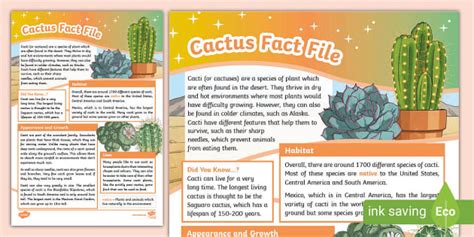The Zebra cactus, an ideal indoor plant, is renowned for its compact size, not exceeding 6 inches in height. This small Opuntia species, reaching only 30-45cm, features oval pads adorned with tufts of small golden spines. When cultivating cacti, the choice of substrate is crucial for ensuring adequate drainage and root aeration. An effective strategy is to cover the soil’s surface with pebbles, serving as an attractive inorganic mulch that enhances drainage.

The Schlumbergera x buckleyi, commonly known as the Christmas Cactus, is a well-known member of the cactus genus. Cacti generally benefit from thrice-yearly feedings in spring, summer, and fall. Utilizing pea gravel or small rock mulch is advantageous for maintaining soil temperature, deterring weeds, and preventing soil erosion. The depth of the container, especially for larger cactus varieties, is an important consideration, as it impacts the plant’s growth and health.
https://www.youtube.com/watch?v=hDpz-5eUkag
For enthusiasts of small cacti, it’s advisable to use organic fertilizers over chemical ones due to the plants’ sensitivity. An array of small succulent planters, often featuring drainage holes and accompanied by bamboo saucers, are available for these indoor plants. Whether aiming for a Southwestern Desert ambiance or a Scandinavian-themed room, cacti seamlessly integrate into various interior designs. The Notocactus Magnificus, also known as the Balloon Cactus, is a small, globular cactus distinguished by its vivid red spines.
Understanding the correct repotting techniques for cacti is crucial. When a cactus becomes root-bound, its growth can be significantly hindered. Miniature cacti collections can be created, requiring no water and minimal sunlight. For those interested in various cactus types, the Saguaro Cactus stands out as a tall, imposing succulent. Additionally, live succulent plants, such as an assorted 20-pack from Altman Plants, can be a great addition to any collection, providing a mix of species and sizes.

